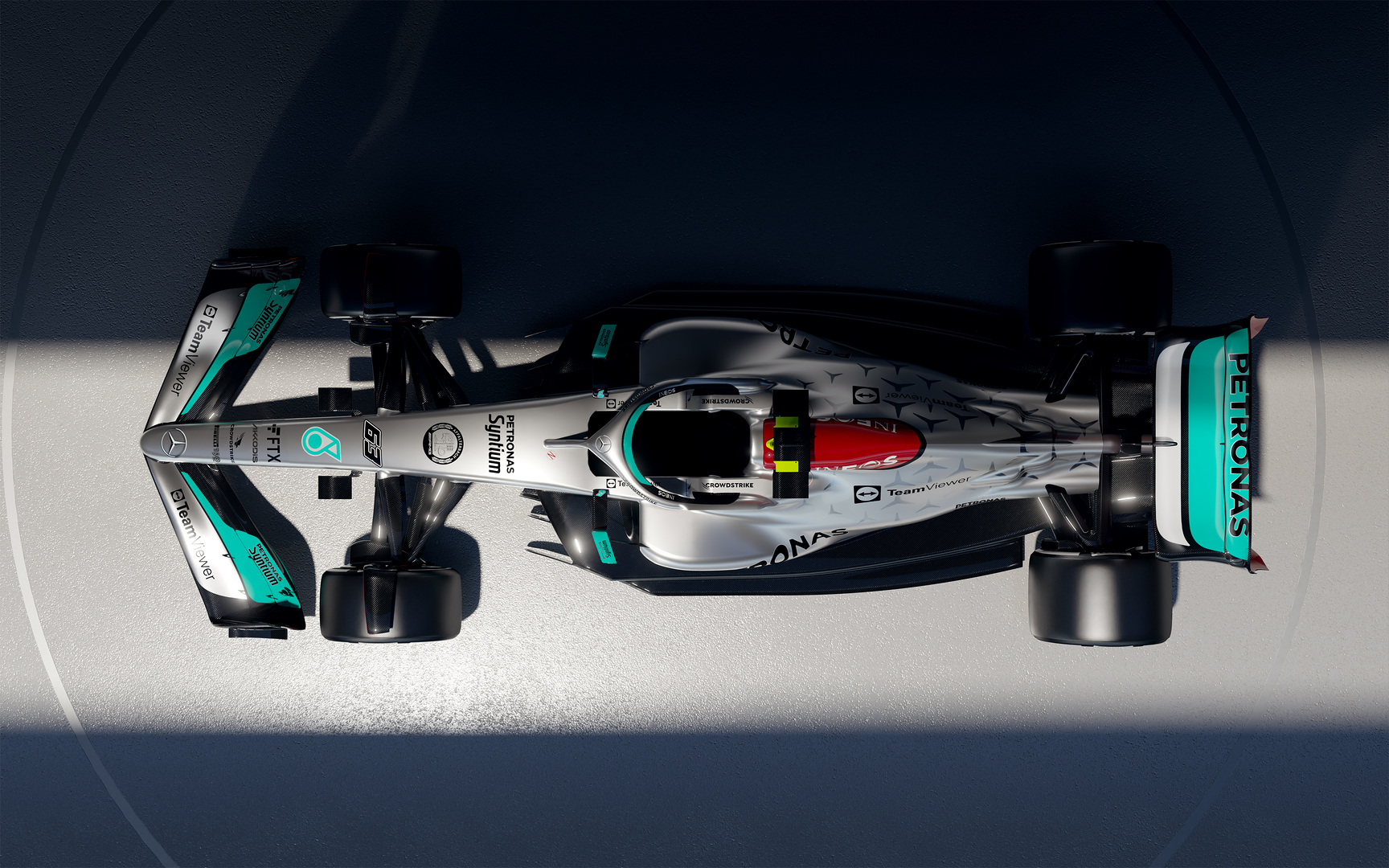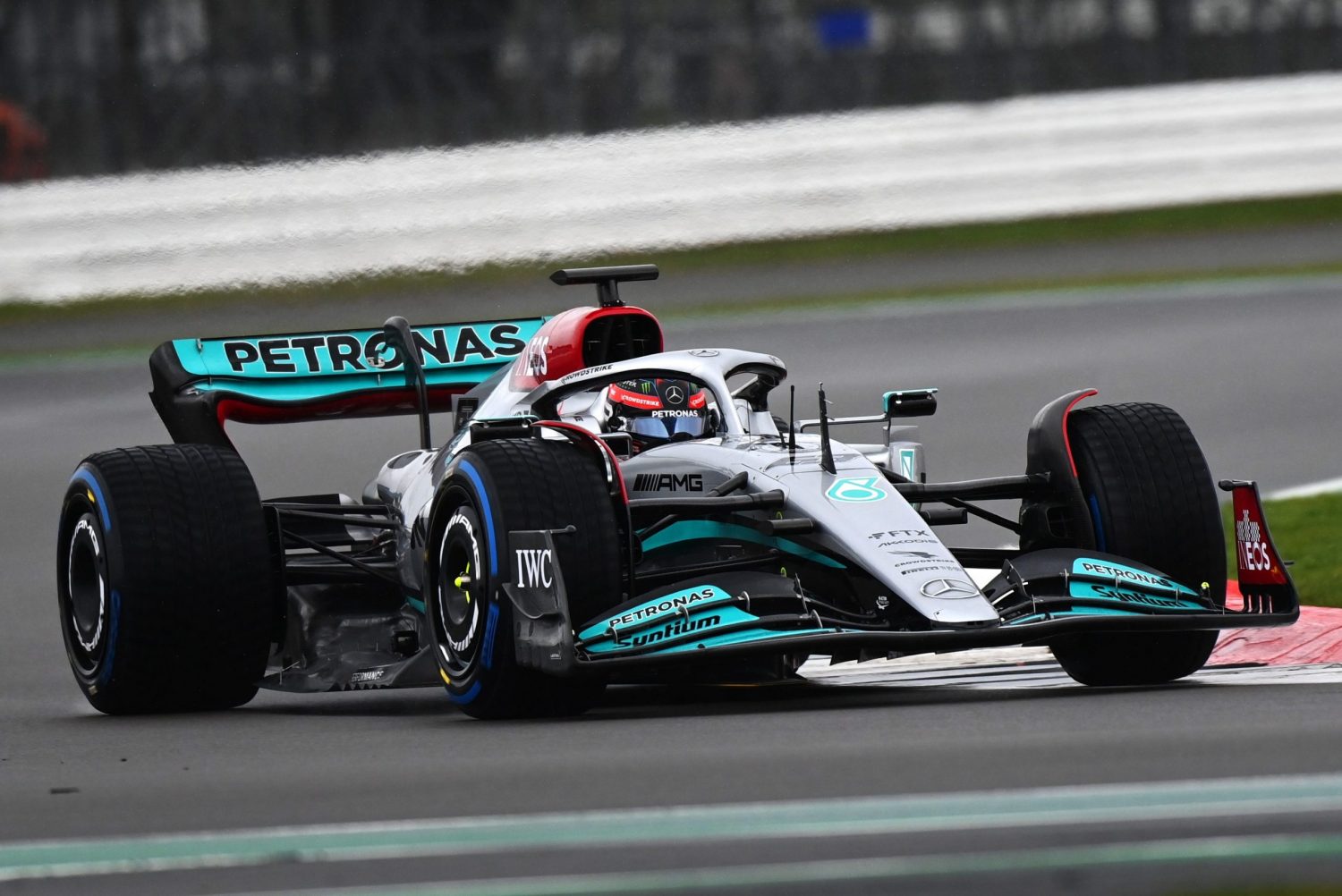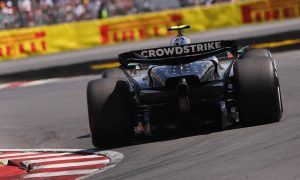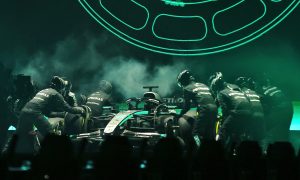
Mercedes technical director Mike Elliott says the aero constraints imposed by F1's new regulations required a "complete internal repackaging" of its W13.
Mercedes unveiled its 2022-spec Silver Arrow on Friday and a glance at the slim and slick design revealed the tight packaging approach followed once again by the Brackley squad's engineering department.
But Elliott stressed from the outset that reducing the W13's contours was anything but a "shrink-wrapping exercise" and instead required "a huge amount of redesign and simulation" regarding the car's internals.
"We have talked a lot about the aerodynamic changes, because these are most visible, and these regulations aim to improve overtaking," commented Mercedes' tech boss at Friday's presentation.
"In fact, most of the car has had to change, which has been a huge challenge for the whole team. Getting to the desired aero shapes has meant a complete internal repackaging, right down to the electrical layout and where we fit things like the ECU.

©Mercedes
"The suspension has been redesigned to account for the loss of hydraulics and remote springs, now banned in the new regulations.
"Hopefully, you will also see that we have taken another step with how tightly packaged the sidepods and engine cover are."
Elliott insisted that despite the multiple challenges induced by F1's new regulations, Mercedes' engineers enthusiastically embraced the W13 project.
"Engineers love a challenge and therefore it is a fantastic opportunity to do something fresh," he said.
"In the aerodynamic world, normally you are chasing after little bits and pieces, but with such
big regulation changes, the gains have been coming in big chunks which is satisfying.
"On the flipside, we’ve had a period of success, winning the last eight Constructors’ titles and this is a reset. All the teams have started from scratch with the model provided by F1, you don’t get to carry over the benefits or fix the issues from last year’s car, so everyone began this journey at the same level.
"But importantly, the teams have also started with different allocations of runs in the wind tunnel and CFD, so it has the potential to really mix up the order.
"That’s an exciting test as an engineer but there is obviously some risk in there too, in terms of our competitive position."

©Mercedes
Based on its remarkable track record in F1 which includes a record eight consecutive Constructors' titles, Mercedes is expected to have designed a race-winning car.
But Elliot isn't ready to make a call on the W13's relative level of performance insisting the learning process regarding its new contender has just begun.
"It is always a special moment when you see the car run for the first time," said the Briton.
"It sounds like a cliche, but people have sweated blood and tears in Brackley and Brixworth, through the year but particularly over the build period and winter, to deliver the car and be able to run it. Now we enter the learning phase.
"Because the cars will evolve so much over the test, we won’t know where we are until we get to the first race, but we’ve got that mixture of trepidation, excitement of developing the car and seeing what we have created, and pride about what we have achieved together."
Keep up to date with all the F1 news via Facebook and Twitter







